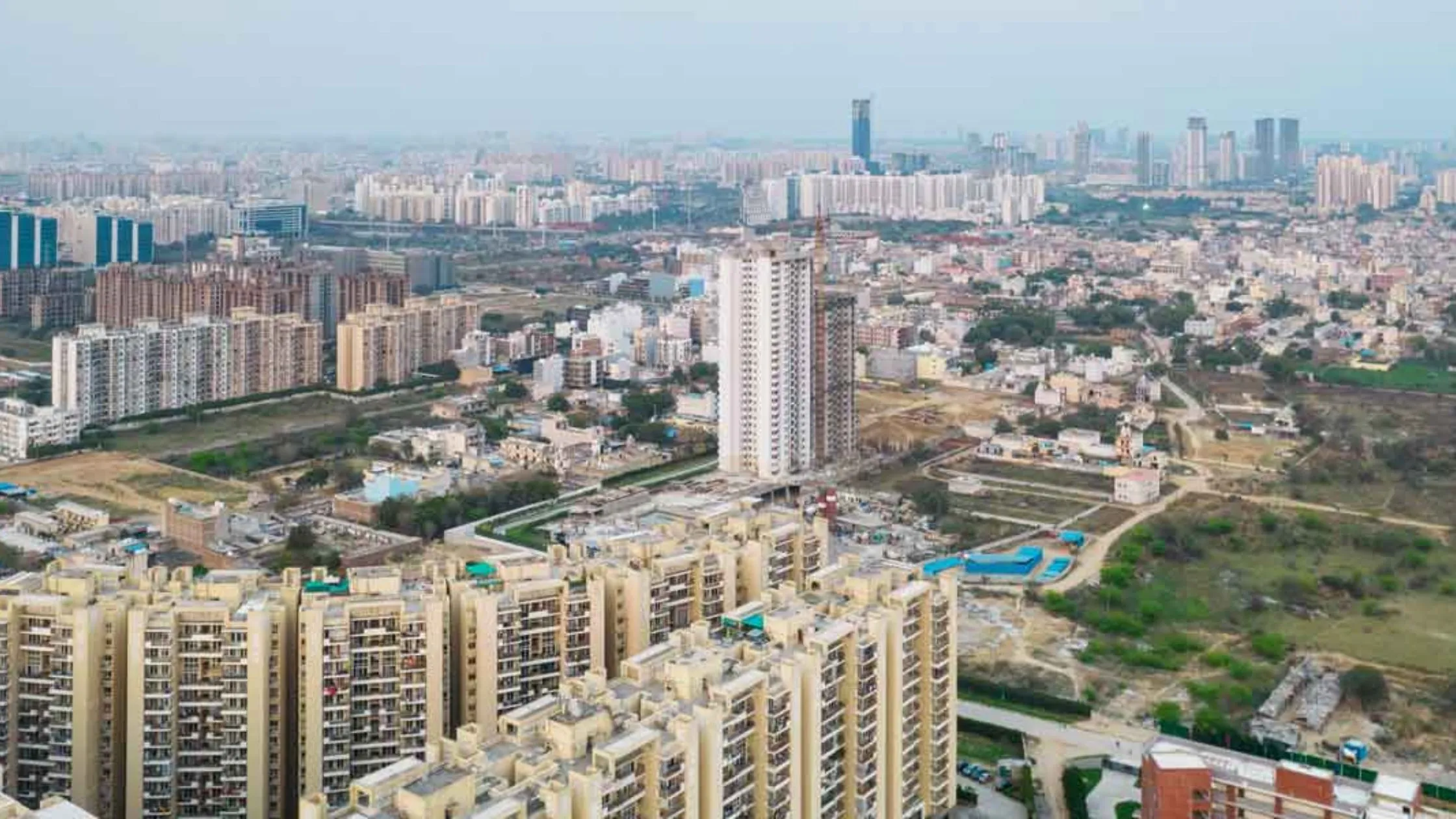Table of Content
Introduction
The development of metro rail systems in various cities across India has played a pivotal role in transforming urban mobility. In Bihar, the state government is taking major steps towards enhancing transportation infrastructure with the introduction of Bihar Metro projects. Cities like Muzaffarpur, Gaya, Bhagalpur, and Darbhanga are set to experience the benefits of a modern, efficient, and eco-friendly metro network. These projects aim to ease congestion, improve connectivity, and boost economic growth in these cities.
In this article, we will discuss the Bihar Metro projects in detail, including their scope, benefits, and the expected impact on the urban landscape of each city.
Overview of the Bihar Metro Projects
The Bihar Metro initiative is part of the state's broader plan to modernize its transportation system. The government has proposed the introduction of metro networks in several cities to improve the daily commute of residents, reduce traffic congestion, and contribute to environmental sustainability by promoting public transport.
Key Features of the Bihar Metro Projects
|
Feature |
Details |
|
Cities Covered |
Muzaffarpur, Gaya, Bhagalpur, Darbhanga |
|
Type of Metro |
Urban rail-based transportation system |
|
Project Cost |
Estimated investment of ₹10,000 crores in total |
|
Construction Period |
2025 to 2030 |
|
Environmental Impact |
Reduction in traffic congestion, lower pollution levels |
|
Benefits |
Improved mobility, economic growth, enhanced quality of life |
Each city has distinct requirements based on its population size, urbanization rate, and geographical layout. Therefore, the Bihar Metro projects will be tailored to the specific needs of these cities, ensuring a lasting and positive impact on their transportation systems.
Muzaffarpur Metro Project
Overview
Muzaffarpur, one of Bihar’s largest cities, is known for its vibrant culture and economy. The metro project in Muzaffarpur aims to modernize the city’s transport infrastructure, providing citizens with an affordable and reliable public transportation option.
Key Features of Muzaffarpur Metro
- Route Length: The planned metro line will span 25 km, covering important areas such as the railway station, Bus Stand, and key residential areas.
- Stations: There will be 15 metro stations along the route, strategically located to provide maximum convenience to commuters.
- Cost: The estimated cost of the project is ₹2,500 crores.
Benefits of the Muzaffarpur Metro
The Bihar Metro project in Muzaffarpur is expected to:
- Ease the traffic congestion that plagues the city, especially during peak hours.
- Provide better connectivity to industrial hubs and residential areas.
- Reduce dependence on private vehicles, leading to a decrease in air pollution.
Gaya Metro Project
Overview
Gaya, a city renowned for its religious and cultural significance, is set to benefit from the proposed metro system. The Bihar Metro project in Gaya will connect key points, making commuting easier for both residents and visitors.
Key Features of Gaya Metro
- Route Length: The metro system will cover 20 km, connecting key locations such as the Mahabodhi Temple, Gaya Railway Station, and major tourist spots.
- Stations: The metro will include 12 stations along its route.
- Cost: The estimated cost for the Gaya metro project is ₹2,000 crores.
Benefits of the Gaya Metro
- Tourism Boost: The metro will significantly enhance the travel experience for tourists visiting the city.
- Traffic Management: Gaya's roads are often clogged, especially during festival seasons. The metro system will help manage traffic more effectively.
- Better Connectivity: The metro will connect several important landmarks, providing better mobility for the residents and tourists alike.
Also Read: New road projects to boost connectivity in Bihar and neighbouring regions
Bhagalpur Metro Project
Overview
Bhagalpur, often known for its silk industry and educational institutions, is another city that will see significant improvements in its transport infrastructure with the Bihar Metro project.
Key Features of Bhagalpur Metro
- Route Length: The Bhagalpur metro system will span 22 km.
- Stations: 14 stations are planned, connecting educational institutions, markets, and key residential zones.
- Cost: The project will require an investment of approximately ₹2,300 crores.
Benefits of the Bhagalpur Metro
- Economic Growth: By improving transport, the metro will stimulate economic growth, particularly in Bhagalpur’s textile industry.
- Reduced Traffic Congestion: The metro will help manage traffic in a city that often experiences overcrowded streets.
- Public Health: With the shift from private vehicles to public transport, air quality is expected to improve.
Darbhanga Metro Project
Overview
Darbhanga, an important city in northern Bihar, will see its own metro system as part of the Bihar Metro development plan. The metro will be essential in improving transportation for the city’s growing population.
Key Features of Darbhanga Metro
- Route Length: The metro system will cover 18 km.
- Stations: A total of 10 stations will be included in the route.
- Cost: The estimated cost for the Darbhanga metro is ₹1,800 crores.
Benefits of the Darbhanga Metro
- Urbanization: The metro will play a key role in promoting sustainable urban growth in Darbhanga.
- Reduced Traffic Congestion: As the city expands, the metro will help address the growing traffic problem.
- Environmentally Friendly: Encouraging the use of public transport will help reduce pollution levels.
Challenges and Solutions
While the Bihar Metro projects are set to revolutionize urban mobility in the state, several challenges need to be addressed:
- Land Acquisition: Securing land for metro stations and tracks can be a lengthy process.
- Solution: Public-private partnerships and government support will expedite this process.
- Funding: Financing such large-scale infrastructure projects can be challenging.
- Solution: The state government has planned to involve both central and state funding, along with private investment.
- Disruption During Construction: The construction phase could cause temporary disruptions.
- Solution: Detailed planning will ensure that construction work causes minimal disruption to daily life.
Conclusion
The Bihar Metro projects in Muzaffarpur, Gaya, Bhagalpur, and Darbhanga are a landmark step towards modernizing the state’s transport infrastructure. With these metro systems, Bihar will experience significant improvements in urban mobility, reduced congestion, and enhanced quality of life for its residents. These metro projects will also contribute to sustainable urban development, making these cities more livable and economically vibrant.
As these projects progress, they will undoubtedly play a key role in shaping the future of Bihar’s urban landscape, offering new opportunities for its residents and businesses alike. With the introduction of Bihar Metro, these cities are poised to become hubs of connectivity, growth, and development.
Also Read: Top 21 Upcoming Expressways in India: Route Details, Project Costs, and Expected Benefits








Ans 1. The Bihar Metro projects are planned for Muzaffarpur, Gaya, Bhagalpur, and Darbhanga. These cities will benefit from modern metro systems designed to improve urban mobility.
Ans 2. The planned metro routes will span approximately 25 km in Muzaffarpur, 20 km in Gaya, 22 km in Bhagalpur, and 18 km in Darbhanga. These routes will cover key areas in each city for better connectivity.
Ans 3. The total estimated cost of the Bihar Metro projects across all four cities is approximately ₹10,000 crores. This investment aims to modernize the transportation infrastructure in these cities.
Ans 4. The Bihar Metro projects will provide residents with efficient, affordable, and eco-friendly public transportation options, reduce traffic congestion, and improve overall connectivity. These metro systems will also contribute to the cities' economic growth.
Ans 5. The Bihar Metro projects are expected to be completed between 2025 and 2030. The construction timeline will vary slightly for each city depending on their specific requirements and challenges.